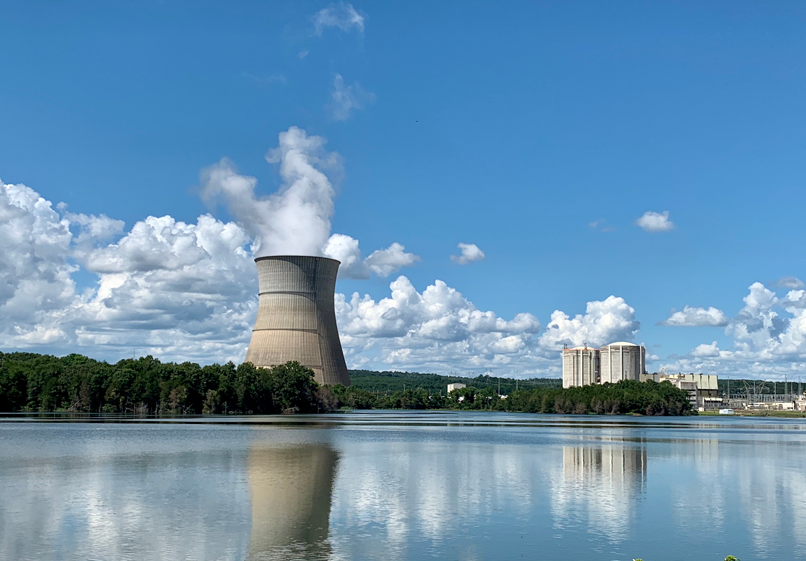How Advances in Technology and Increased Investment are Making Fusion Energy a Viable Option
As the world grapples with the challenges of climate change and the need for sustainable energy sources, fusion energy has emerged as a promising option. Fusion energy is a process that involves the fusion of atomic nuclei to produce energy, the same process that powers the sun and other stars. Despite its potential benefits, fusion energy has faced significant technical challenges in its development. However, recent advancements in technology and increased investment are making fusion energy a more viable option. In this article, we will explore the investment opportunities in fusion energy, the potential benefits of fusion energy, and the progress made in the field so far.
Investment in fusion energy has attracted interest from both private and public entities. Private investors may include venture capital firms, wealthy individuals, and corporations looking for new opportunities to diversify their portfolios. Public investors may include government entities and research organizations looking to fund research and development in fusion energy. One of the main benefits of investing in fusion energy is the potential for significant returns, given the innovative and disruptive nature of the technology.
The potential benefits of fusion energy are numerous. Fusion energy has the potential to provide a virtually limitless supply of clean energy with no greenhouse gas emissions or long-lived nuclear waste. This could have significant implications for climate change and public health. Additionally, the development of fusion energy could reduce reliance on non-renewable sources of energy and help countries achieve energy independence.
Despite the promise of fusion energy, the technology has faced significant technical challenges in its development. One of the main challenges is achieving the necessary conditions for fusion reactions to occur, including high temperatures and pressures. Scientists and engineers have been working on developing fusion reactors that can create these conditions, but progress has been slow due to the complex nature of the technology.
Recent advancements in technology and increased investment are helping to overcome some of these challenges. For example, advances in materials science and superconductivity are making it possible to create the necessary conditions for fusion reactions with smaller and more efficient reactors. Additionally, private companies such as Commonwealth Fusion Systems and Tokamak Energy are investing in fusion energy research and development, with the aim of commercializing the technology in the coming years.
The potential benefits of fusion energy have not gone unnoticed by governments around the world. The U.S. Department of Energy has announced plans to invest $4.6 billion in fusion energy research over the next decade. The European Union is also investing in fusion energy research through its ITER project, which aims to build the world’s largest fusion reactor in France.
Fusion energy is a promising technology that has the potential to provide a virtually limitless supply of clean energy. Investment in fusion energy is attracting interest from both private and public entities, with the potential for significant returns and the ability to shape the future of energy production. While there are significant technical challenges to overcome, recent advancements in technology and increased investment are making fusion energy a more viable option. As the world continues to grapple with the challenges of climate change and the need for sustainable energy sources, fusion energy may emerge as a key solution.

